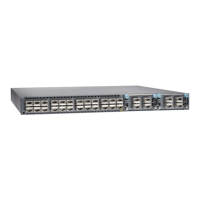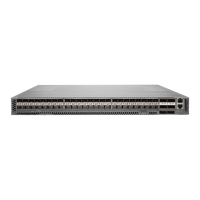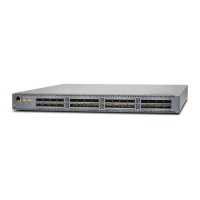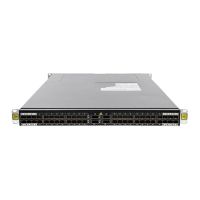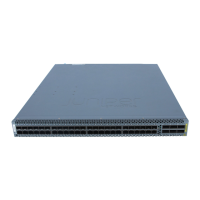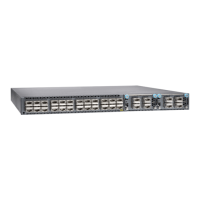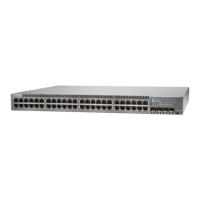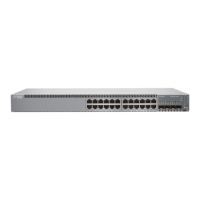Table 26: Deployment Checklist (continued)
DatePerformed ByFor More InformationItem or Task
“QFX5110 Clearance Requirements for Airflow
and Hardware Maintenance” on page 60
Clearance Requirements for Airflow and
Hardware Maintenance for a QFX5100 Device
Clearance Requirements for Airflow and
Hardware Maintenance for a QFX3600 or
QFX3600-I Device
Clearance Requirements for Airflow and
Hardware Maintenance for a QFX3500 Device
Clearance Requirements for Airflow and
Hardware Maintenance for EX4300 Switches
Plan rack or cabinet location, including
required space clearances.
Secure the rack or cabinet to the floor
and building structure.
Cables
“Cable Specifications for QSFP+ and QSFP28
Transceivers” on page 70
“Cable Specifications for Console and
ManagementConnections for the QFX Series”
on page 75
Acquire cables and connectors:
•
Determine the number of cables
needed based on your planned
configuration.
•
Review the maximum distance
allowed for each cable. Choose the
length of cable based on the
distance between the hardware
components being connected.
Plan the cable routing and
management.
QFX5110 Network Cable and Transceiver Planning
•
Determining Transceiver Support for the QFX5110 on page 69
•
Cable Specifications for QSFP+ and QSFP28 Transceivers on page 70
•
Understanding QFX Series Fiber-Optic Cable Signal Loss, Attenuation, and
Dispersion on page 72
•
Calculating Power Budget and Power Margin for Fiber-Optic Cables on page 73
Determining Transceiver Support for the QFX5110
The port panel of the QFX5110-48S supports 48 logical 10-Gigabit Ethernet ports. These
data ports (0 through 47) support either 1-Gigabit small form-factor pluggable (SFP) or
10-Gigabit Ethernet Ethernet small form-factor pluggable plus (SFP+) transceivers. You
can also use SFP+ DAC cables and 10-Gigabit active optical cables (AOC) in any access
port.
69Copyright © 2019, Juniper Networks, Inc.
Chapter 2: Site Planning, Preparation, and Specifications
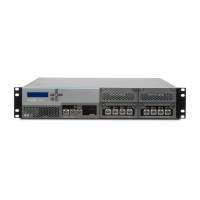
